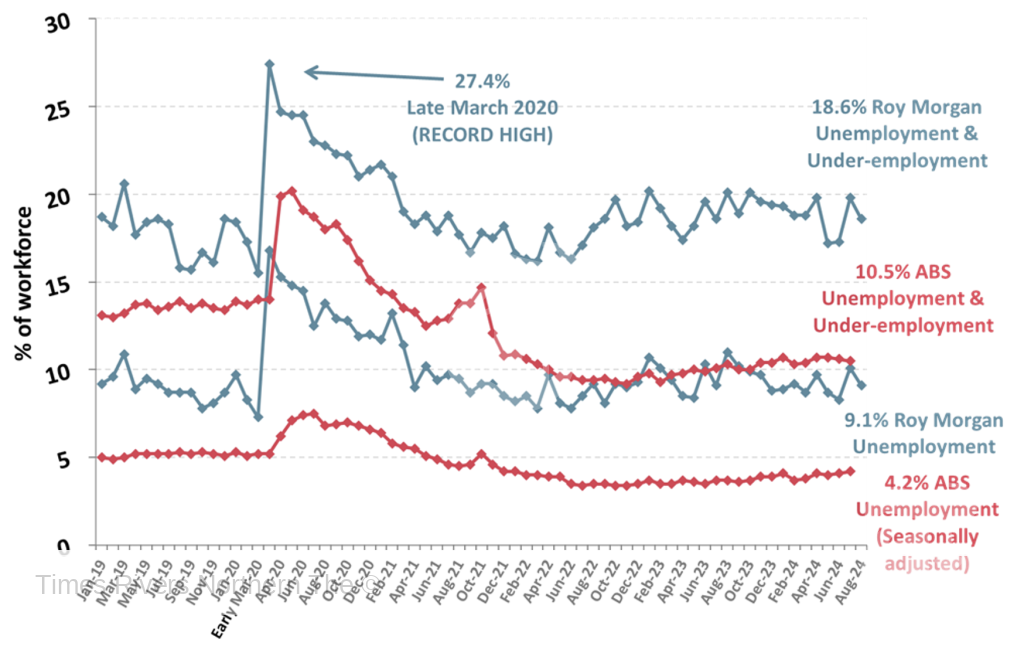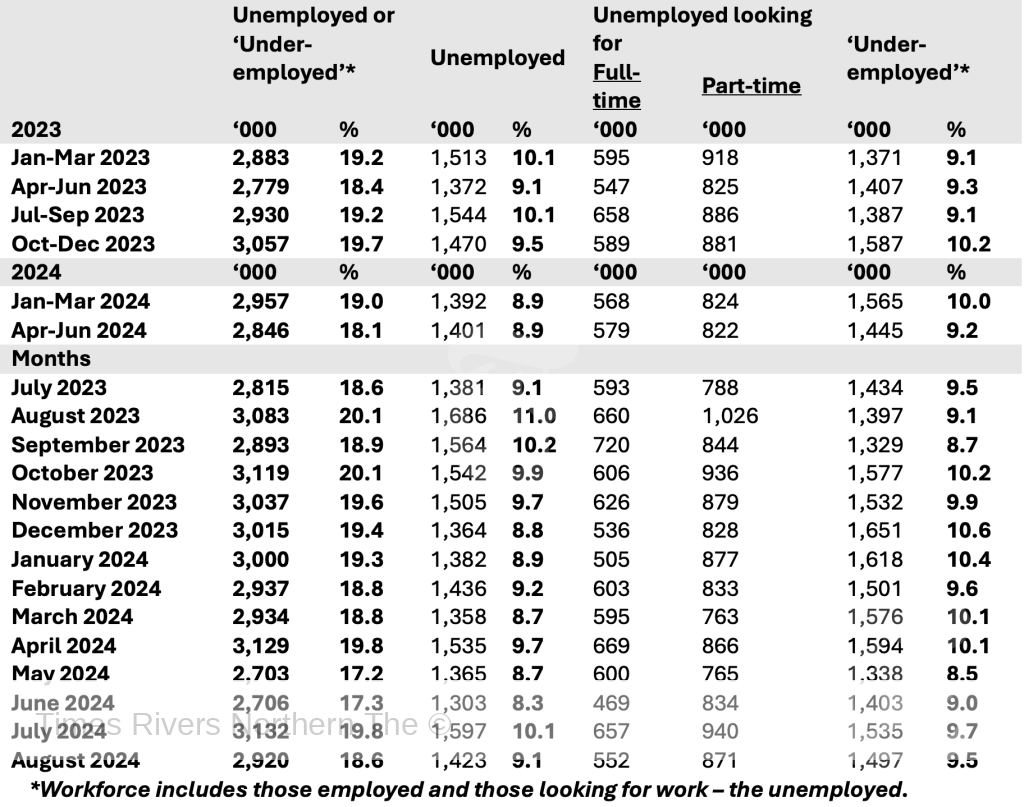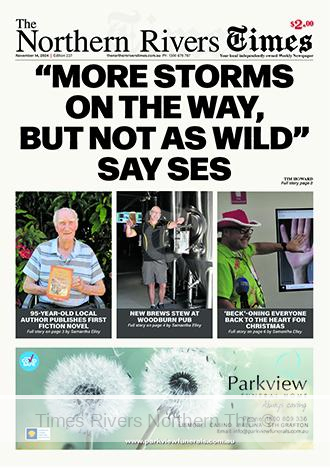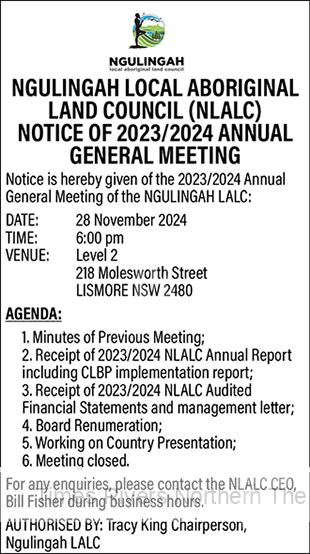CASINO AUCTIONEERS ASSOCIATION INCORPORATED
The Casino Auctioneers Association Incorporated (CAAI) are looking forward to the discussions at the Richmond Valley Council meeting on Tuesday 19th, regarding the motions from the public meeting, concerning no livestock sales at the NRLX, which was held earlier this month at the Casino RSM club. The motions from the public meeting were presented to Council for discussion at the next council meeting.
The CAAI fully support all motions carried at the meeting and believe it is a step forward in getting cattle back to the NRLX. Although, they are concerned that the motions have not been placed on the meeting agenda for discussion.
The President of the CAAI Mr Andrew Summerville stated:
‘It’s no secret that the Association wants to sell cattle at the NRLX. We have made that quite clear since Councils refusal to allow any sales. Furthermore, Council is fully aware that the Association will return to the saleyards under the 2020-23 agreement until a 2023-26 agreement can be agreed upon, and we would also consent to the payment of the 0.2% business usage fee that council wants to impose. Council is fully aware of these conditions, contrary to reports provided by Council.’
A meeting with the General Manager did occur on the Thursday after the public meeting with representatives of the CAAI. Mr Summerville said,
“I thought it was a very robust and productive meeting with the understanding that the General Manager would speak with the Councillors and then offer a revised agreement to the CAAI to re-commence selling at the NRLX. However, after a few days, I received an email from the General Manager and it appears he has stalled negotiations by not consulting the councillors at all, and he alleges the CAAI won’t negotiate, that is not the case, we have always been willing to negotiate on all issues except for the job of post-delivery of cattle’.
The closing of a $210 million dollar industry within the Richmond Valley Council concerns the CAAI members.
“Not one of the seven Councillors have contacted any of our members to seek another point of view. Even though the complex has been shut for over three months, the Councillors appear to be relying on the information provided to them by Council employees. We think they (the Councillors) have a responsibility to obtain both sides of the issue. When that is done, they can then make an informed decision.”
Regarding the suggestion, by the General Manager of Richmond Valley Council, that the saleyards should be now leased, Mr Summerville was cautious with this suggestion.
“I am aware of his report being submitted to council on Tuesday, and it has previously been made fairly clear to the council that the community want the saleyards to be operated efficiently and effectively, we are not sure leasing the complex out to a private company is beneficial to the producer or the rate payers. There are often significant increases in fees, particularly yard dues when this arrangement occurs. There are only two organisations that benefit from this type of arrangement, the council through payment of a lease and the private company who can charge any fees they like.” Mr Summerville said.
Regarding the CAAI interests in this venture Mr Summerville said,
“If council did decide to go down this track of leasing the saleyards, the CAAI would definitely be interested, but there are some major issues that would need to be resolved, the main one being the current issues Council has with the EPA and remedial work required. “
The priority of the CAAI members has always been to provide a market for producers so that they are able to sell their livestock. Mr Summerville said,
“Lismore saleyards have been working really well and most member agencies have been providing alternate marketing solutions for producers, but this doesn’t help the town of Casino or the district. The easiest solution is for Council to agree to the CAAI request to return to selling cattle under the old agreement and for the CAAI to pay the 0.2% business usage fee, we think it’s a fairly simple solution”.
The Council meeting is set down for 6pm at the Council Chambers, 10 Graham Place Casino.





 Tweed Shire News2 years ago
Tweed Shire News2 years ago
 Motoring News2 years ago
Motoring News2 years ago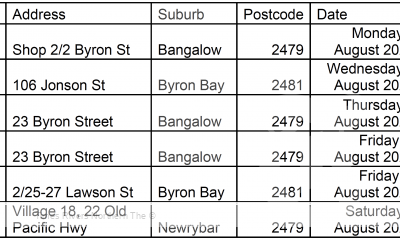
 COVID-19 Northern Rivers News3 years ago
COVID-19 Northern Rivers News3 years ago
 COVID-19 Northern Rivers News3 years ago
COVID-19 Northern Rivers News3 years ago
 Northern Rivers Local News3 years ago
Northern Rivers Local News3 years ago
 Health News3 years ago
Health News3 years ago
 COVID-19 Northern Rivers News3 years ago
COVID-19 Northern Rivers News3 years ago
 NSW Breaking News3 years ago
NSW Breaking News3 years ago
















